KAY
I’ve never seen anything like it.MICHAEL
I told you I had a lot of relatives.
As you may know, I’ve started watching or re-watching the films in Roger Ebert’s The Great Movies book and blogging about them. And recently, I found myself in the rare position of having the house to myself for several days. The family was out of town at the beach. I couldn’t go because I couldn’t get off work. It was a bummer really, but it did afford me the luxury of inviting some friends over and watching something “inappropriate for children.” In my house, this includes The Godfather.
But first, a story. One of my earliest scene assignments in acting class was from The Godfather: Part II. I played Tom Hagen in a scene with Nashville actress Rebecca Lines who played the part of Kay Adams. After our performance when the teacher was giving notes, I mentioned that not only had I not seen The Godfather II, I hadn’t seen any of The Godfather movies. You could have heard a pin drop. There was a stunned silence as she looked around the room at the other students. I don’t know what she was really thinking, but in my mind, it was along the lines of “Can you believe this grown man—and an actor at that!—has made it this far in his life without seeing The Godfather?”
Well, it was true. She didn’t know I was raised in a religious tradition that prided itself on being free from the influence of Hollywood and forbade attending a movie theater. Yes, I knew of the film from other cultural reference points, but I had never taken the time (a full three hours!) to see the film itself. My habit in those early days at the Nashville Acting Studio was to first read the script my scene was from but intentionally NOT watch the movie. I wanted to do my own analysis and interpretation of my character without the movie’s influence. After my performance, I would go back and watch the movie to compare the work. I still think this is the best approach to scene study. All of that to say, I did go back and watch both The Godfather and The Godfather II the week following my Tom Hagen scene assignment. (I still haven’t seen the third one, but I do intend to get to it).
Watching The Godfather (the first one) with my friends this last week was my third time through and it’s a good time for it as Paramount Pictures has remastered and restored the trilogy for its 50th anniversary in 2022. I purchased mine from iTunes with my Apple TV. It’s in 4K and has tons of extras including a full director’s commentary.
The Godfather was released in 1972 and was based on the best-selling book by Mario Puzo. Essentially, it is the story of succession between a father and his three sons. The setting is 1946 in New York. The family is Italian-American. Oh, I almost forgot, and this is important: the father happens to be one of the top five leaders of the mafia. His name is Vito Corleone. His title is The Don. To those who respect and fear him, The Godfather.
The 30-year-old director Francis Ford Copolla was approached to direct the film after three others turned it down. However, Copolla was busy with his own independent film studio American Zoetrope with fellow filmmakers including George Lucas. They were film rebels, keen to make anti-establishment and non-Hollywood-type movies. One of the more pragmatic partners encouraged Copolla to take The Godfather project because Zoetrope was in dire financial straits. He counseled Copolla to make the film, take the money, and provide Zoetrope with some much-needed financing.
Copolla reluctantly agreed but told the studio that he wouldn’t make it a “gangster picture.” The resistance was immediate, “Well, it ain’t a musical!” Thus began several suspicions the studio and crew had about Copolla’s vision of the film. Indeed, he feared being fired at any moment even while filming.
There were several gangster movies that Hollywood produced prior to The Godfather that involved Italian-Americans. These have fallen out of our cultural consciousness. What Copolla brought to the table was a more complete and complex picture of the Italian family dynamic and more three-dimensional characters within the mafia. Tom Santopietro, the author of The Godfather Effect, writes how the movie “…changed Hollywood because it finally changed the way Italians were depicted on film. It made Italians seem like more fully realised [sic] people and not stereotypes.” Copolla’s vision was to make a family chronicle where the mafia serves as a metaphor for American capitalism. And he wanted to endow even the corrupt characters (and they’re all corrupt) with such authentic humanity that the audience would respond with empathy. Finally, he overcame the studio’s suspicions. “Well, don’t forget, he is Italian,” the studio finally conceded.
But no one expected it to be a hit! The studio complained that Brando mumbles, the shots are poorly lit, and the music is all wrong. Copolla tells us in the extras that sometimes the ideas you’re derided for initially are the same ones you’re celebrated for years later. Indeed, Mr. Copolla. Indeed.
What's the Big Deal about The Godfather?
- Award-winning film including three Oscars from 1973 (Best Actor—Marlon Brando, Best Picture—Producer Albert S. Ruddy, and Best Screenplay—Mario Puzo and Francis Ford Copella)
- Selected by the Library of Congress for the National Film Registry “because of [its] cultural, historic or aesthetic importance to preserve the nation’s film heritage”
- Became THE cultural reference point for how Americans view the mafia
- Iconic and star-making roles for Al Pacino, Diane Keaton, James Caan, Talia Shire, Robert Duvall, and John Cazale
- Revitalized the career of Marlon Brando
- Helped to “Italianise [sic] American culture” (Tom Santopietro)
- Regularly recognized as one of the best American films ever made, including number 2 (behind Citizen Cane) on the American Film Institute’s “100 Years 100 Movies” list
- Influenced future works in the crime genre such as Scarface, Goodfellas, The Sopranos, and Breaking Bad
Francis Ford Coppola (born 1939) grew up in New York. While suffering from polio as a child, he would entertain himself with elaborate puppet shows. He would go on to become a musician and theater performer before turning his attention to filmmaking. He met James Caan in college, who would play Sonny in The Godfather and other characters in other Copolla films. After Coppola earned his Theater Arts degree, he attended UCLA Film School. The success of The Godfather cemented his credibility and reputation as one of the “New Hollywood” movie directors of the 1960s-1980s.
The financial success of The Godfather did, in fact, allow Copolla to invest much-needed funds into his American Zoetrope company. The company, now known as simply Zoetrope, is known for its technological innovations and spirited independent films. Among Zoetrope’s credits are 15 Academy Awards and 68 nominations. In addition to filmmaking, Francis Ford Copolla has other commercial ventures that include a winery, live theater, and resorts.
Click the images to enlarge and read the captions.
I won’t throw shade your way like my acting teacher or Ray Romano here if you have not yet seen The Godfather. But I do highly recommend it!

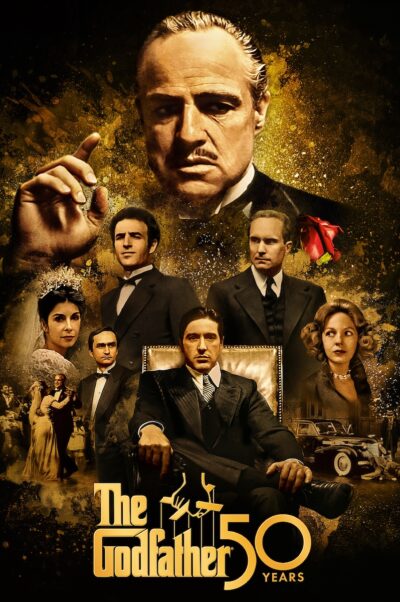
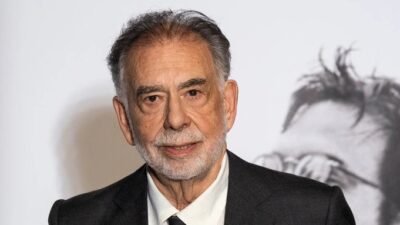










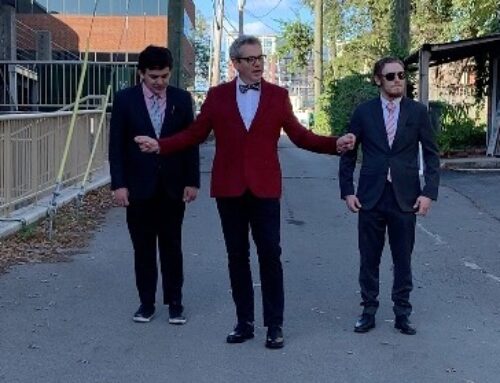
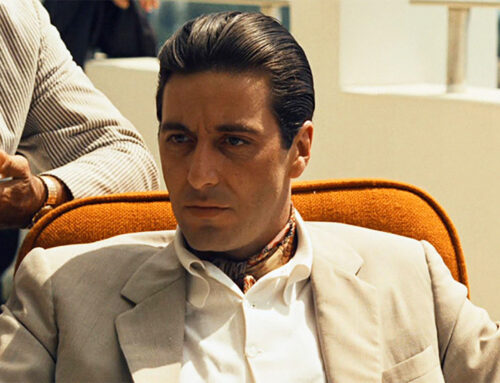

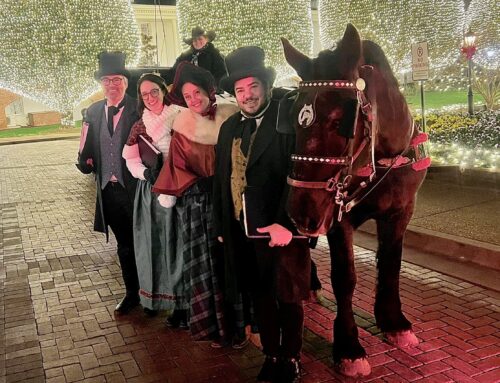
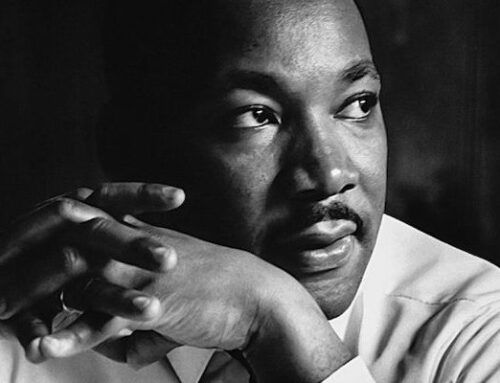
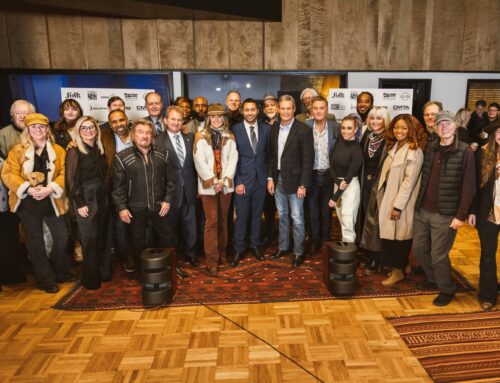

Leave A Comment